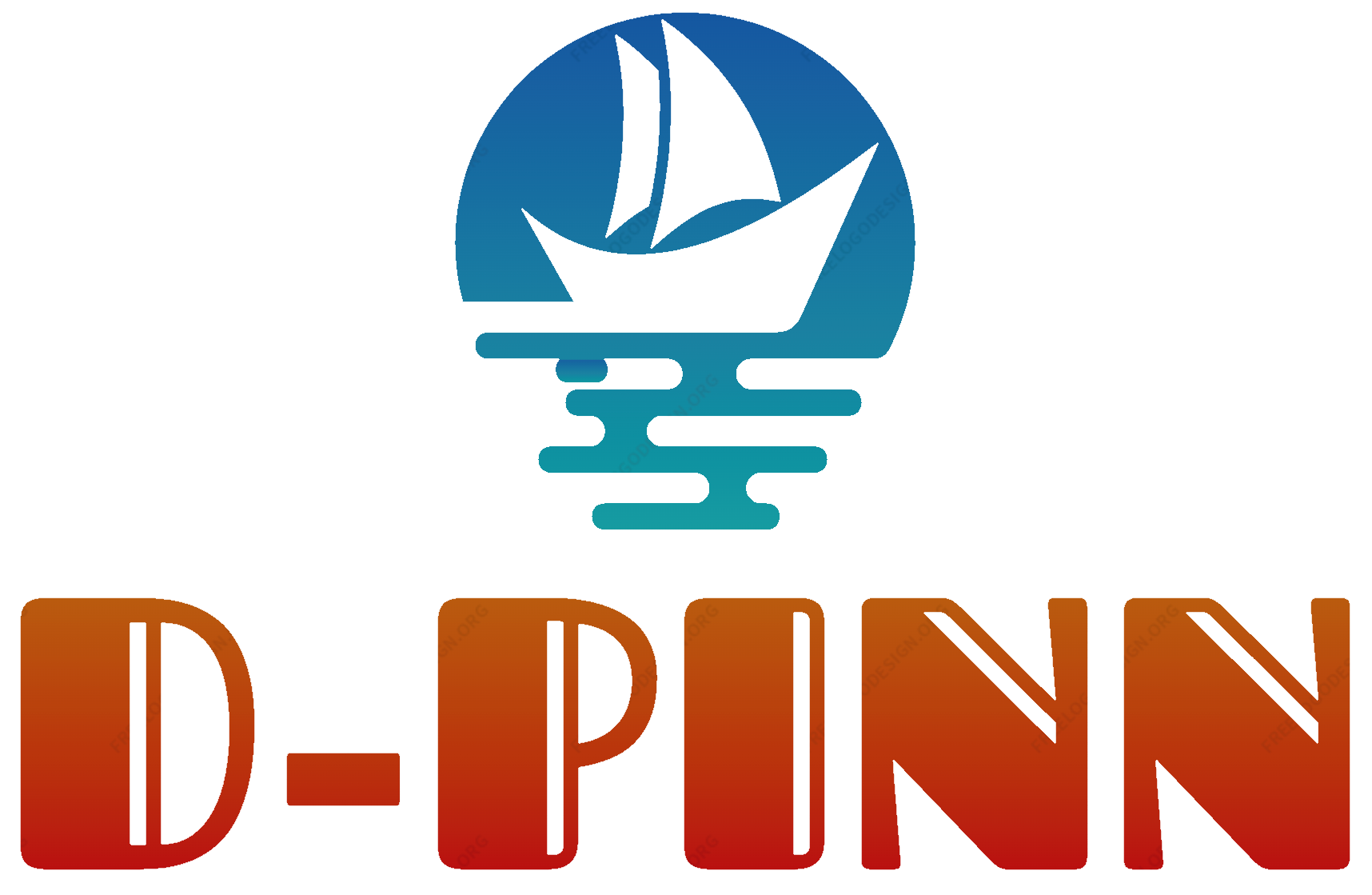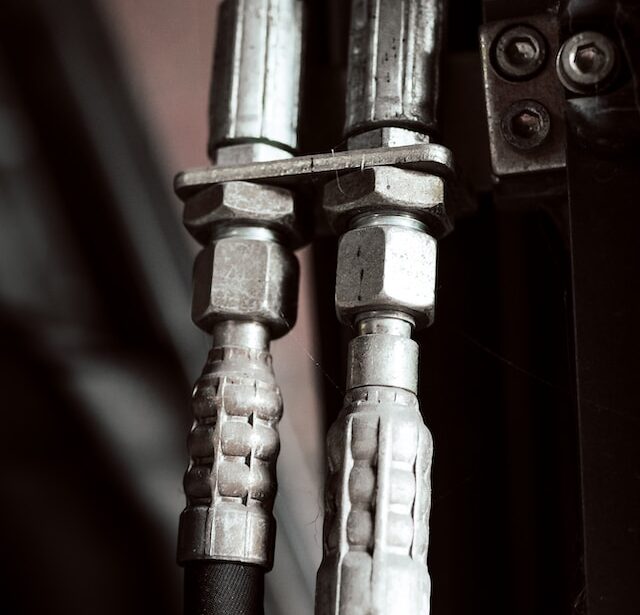Hydraulic systems are a critical component of many industrial job sites. They transport fluids at high pressure to do work and transfer energy.
The best way to protect workers from hydraulic system hazards is to maintain and repair equipment according to the manufacturer’s guidelines. Those guidelines include leak detection and inspection of hydraulic fittings, hoses, and hose assemblies.
Leak Detection
Leak detection is a key tool for protecting a facility from environmental hazards, equipment damage, and production loss. It can also help to reduce manufacturing costs by reducing the need for repairs and reworking components.
Leak detectors are designed to identify, monitor, and measure the unintentional escape or entry of fluids and gases. They can detect leaks inside a sealed system or outside an empty enclosure.
One common method of leak detection is using pressure. A pressure drop or increased pressure can indicate a leak has formed.
A second way to detect leaks is through acoustic detection. Acoustic leak detectors use acoustic vibrational waves to pinpoint the location of a gas or fluid leak.
Leaks are measured concentrations of substances that exceed a standard, accepted threshold based on the relevant regulation. These standards vary among federal and state regulations.
Safety Checks
One of the best workplace protection practices is regularly conducting safety checks. By establishing and implementing checklists, employers can ensure that employees are always aware of the most crucial safety standards and procedures.
As a result, a workplace may be more likely to invest in safety and avoid accidents, injuries, and losses. Additionally, a regular inspection process may foster a general sense of commitment to safety among internal stakeholders.
To conduct safety inspections at your workplace, consider working with a small business expert (SME). These professionals can help you determine which safety checklists must be created or updated for different work sites, industries, and regions. They also can serve as expert support for training materials and other important safety needs.
Cleanliness
Cleanliness is a key element in protecting workers and maintaining a safe environment. This can be achieved through proper cleaning methods and routine maintenance.
Hydraulic systems rely on clean fluid to function properly. Contaminants like dirt can damage these systems and cause leaks and clogs.
It also can reduce the efficiency of the system. In addition, contaminants can create safety hazards for the personnel operating these systems.
Keeping hydraulic hoses and assemblies clean is one of the best practices for workplace protection. This will ensure that a company can avoid costly downtime and loss of production due to equipment failures.
Maintenance
The right maintenance strategy protects your business assets and minimizes unscheduled downtime. It can keep your costs in check while reducing risk and improving efficiency.
There are three maintenance strategies, each with its benefits: preventative, reactive, and predictive.
Preventative maintenance is a proactive strategy that aims to reduce or eliminate business downtime and unforeseen equipment failures by addressing issues before they occur. This can help save money and extend your asset’s life while reducing your risk of legal fines, customer satisfaction, and other important measurements.
Reactive maintenance, conversely, is a reaction to an asset breakdown. It may be handled by a company or the manufacturer’s maintenance team. This strategy is more effective, typically fixing a problem quickly and reducing downtime. It’s only sometimes a good choice for all businesses, so it’s best to evaluate each type of maintenance strategy and find the one that works for you.

